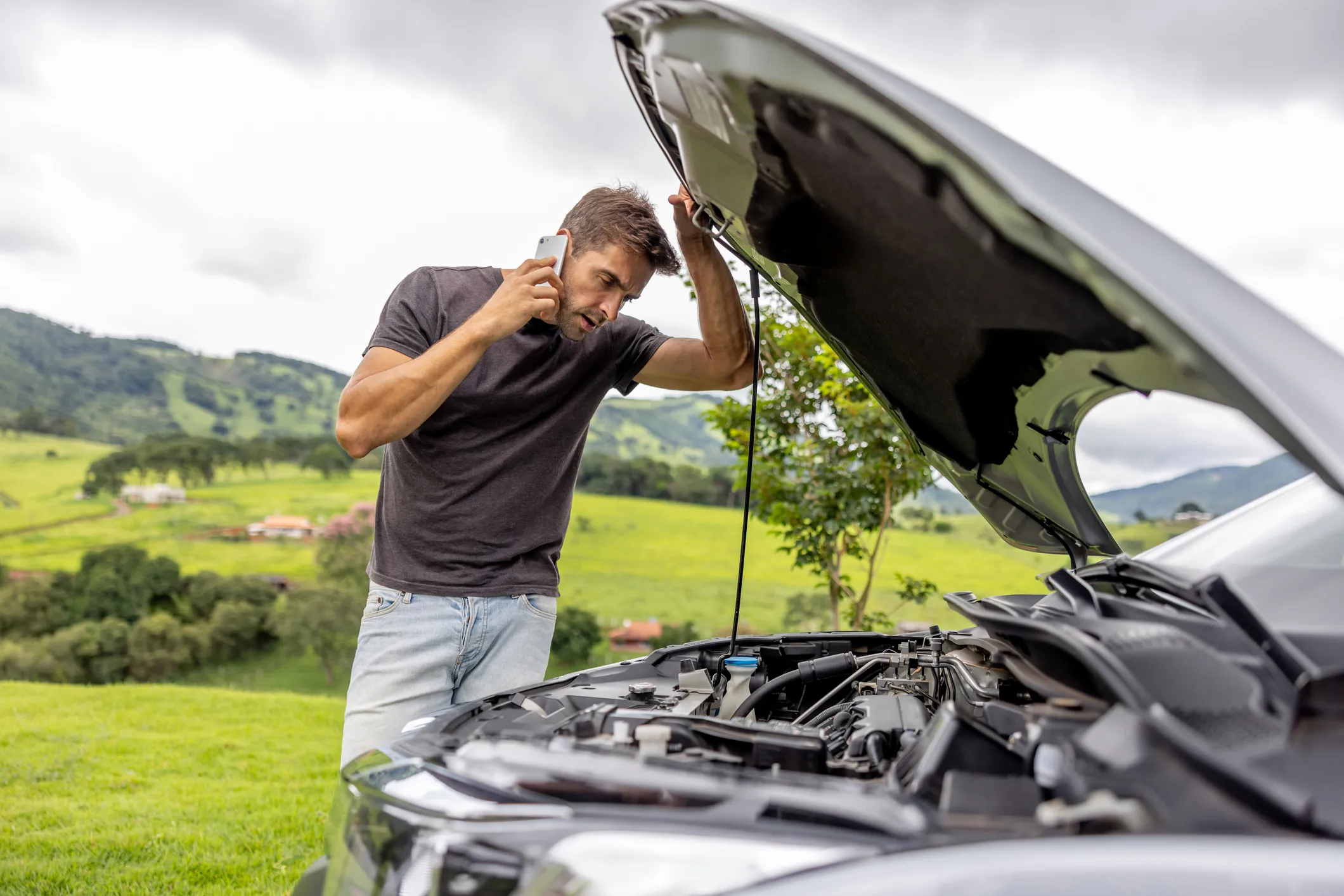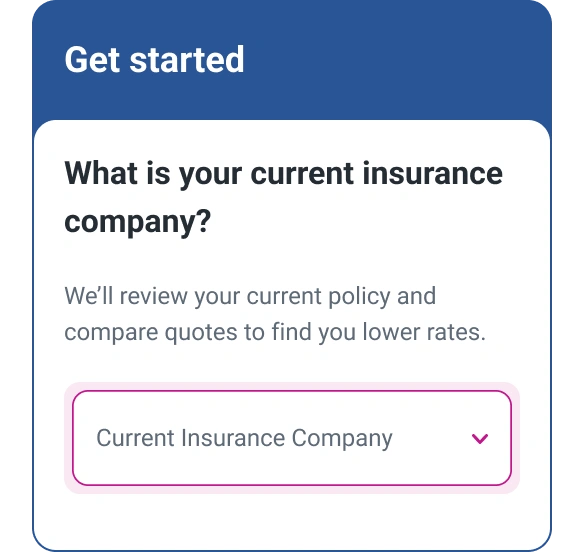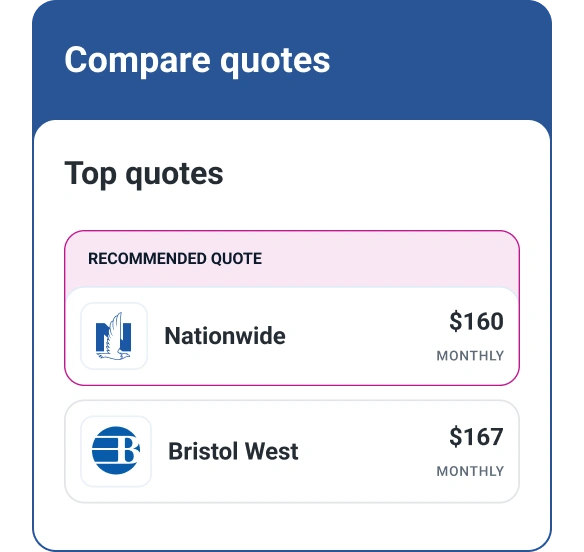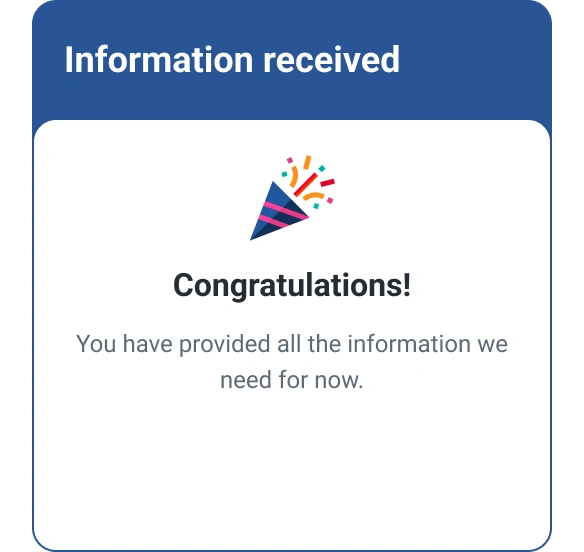What Does Roadside Assistance Cover?
Quick Answer
Roadside assistance plans usually cover towing, tire changes, emergency fuel delivery, jump-starting batteries and vehicle lockouts when your car breaks down. Some plans also offer trip interruption coverage and discounts on things like travel, dining and entertainment.

Whether your car breaks down on the freeway or in your driveway, roadside assistance plans get you back on the road quickly. Roadside assistance typically covers services like towing, tire changes and lockout help, offering peace of mind and financial protection in case of vehicle breakdowns.
What Does Roadside Assistance Cover?
Although details vary depending on your plan, roadside assistance usually covers things like towing, changing flat tires, lockout services, jump-starts and fuel delivery. You can buy roadside assistance plans from membership organizations like AAA. Plans may also be available from your vehicle's manufacturer, your insurance company, your credit card or your cellphone plan.
Here's what to expect from roadside assistance plans.
Towing
When your car is undrivable, roadside assistance generally covers towing it a limited distance (such as 15 miles) or to the closest repair shop. If you choose a repair shop farther away, you'll pay for the additional mileage. Some plans have higher mileage limits for higher plan tiers. For instance, AAA's roadside assistance service tows your vehicle up to 7 miles, 100 miles or 200 miles, depending on your plan.
Winching
Winching services to pull your car out of mud, snow, sand or water are sometimes included in roadside assistance plans. In most cases, your vehicle must be within a certain distance of an established road. Winching services can be useful if you frequently car camp or drive in rural areas.
Changing Flat Tires
Roadside assistance plans typically include tire changes, but you'll need to have a spare available. Some plans offer more: Allstate's Roadside Advantage plan pays up to $100 toward repairing or replacing wheels and tires damaged by road hazards.
Lockout Service
Most roadside assistance plans send someone to unlock your vehicle if your keys are lost, stolen or locked inside. Unlocking is usually free up to a certain dollar limit (for instance, Geico's Emergency Road Service covers up to $100) and doesn't include replacement keys.
Emergency Fuel Delivery
When you're out of gas, roadside assistance plans come to the rescue, bringing you a limited amount of fuel—typically 2 to 5 gallons, although AAA delivers enough to reach the closest gas station. The delivery is free; you'll generally pay for the fuel.
Battery Service
Roadside assistance means you won't have to rely on the kindness of strangers to jump-start your car battery. Most plans include a free jump-start; AAA even replaces batteries if necessary. Some plans also cover electric car batteries—generally by towing your vehicle to a charging source within certain limits. Progressive's plan tows you up to 15 miles or to the closest facility; Ford's plan tows you up to 50 miles. AAA offers mobile electric vehicle charging.
Minor Mechanical Work
Sometimes a simple fix like tightening a spark plug can get you back on the road. To avoid towing, some roadside assistance plans allow technicians to tinker with your car for a short time to see if they can repair it.
Trip Interruption Coverage
Mechanical breakdowns while traveling can throw your plans off course. Trip interruption coverage in some roadside assistance plans reimburses expenses for lodging, food and travel if your car breaks down a certain distance from home and takes a few days to get fixed.
Trip interruption coverage generally pays up to three days' expenses, with per-day and per-incident dollar limits. For instance, Honda's roadside assistance pays up to $100 per day for three days; some Allstate plans pay up to $1,500 total for up to three days.
Roadside assistance plans often limit how many free services you can receive per year. Although you can get additional services after reaching your limit, you'll pay for them. For example, AAA's roadside assistance plan covers up to four service calls each year and costs $125 per call after that.
Is Roadside Assistance Worth It?
Roadside assistance can be worth buying if your vehicle doesn't already have coverage. Many automakers include free roadside assistance for a limited time on cars manufactured after a certain model year. For example, Honda offers roadside assistance for three years or 36,000 miles; Ford and Chevrolet for five years or 60,000 miles; and Lincoln for as long as you own your vehicle.
Membership-based roadside assistance plans are available from organizations such as AAA, Better World Club and National General Motor Club. Better World Club's plans range from $62.95 to $114.95 annually. AAA plans range from $52.50 to $116.50 annually. National General Motor Club plans range from $59 to $119 annually. Membership plans typically include discounts on travel, dining and entertainment. You can add family members for an extra fee.
The benefits of roadside assistance include:
- Savings: Since hiring a tow truck can cost you an average of $75 to $125 out of pocket, a membership roadside assistance plan could pay for itself in a single use.
- Security: Roadside assistance protects you from risky situations like changing a tire on the shoulder of a busy highway or being stranded in an unfamiliar neighborhood. Professional help is just a click or phone call away.
- Convenience: Instead of calling multiple tow truck services in a crisis, you can simply contact roadside assistance and they'll handle everything.
Roadside assistance can be especially useful if you:
- Regularly drive long distances
- Drive an older vehicle
- Are an inexperienced driver
- Aren't comfortable making auto repairs
- Frequently drive in remote areas
- Are a woman, senior or otherwise vulnerable driver
The more often your car breaks down, the more valuable roadside assistance can be. If your car is beginning to have mechanical problems, roadside assistance may be a smart investment.
Alternatives to Roadside Assistance
If you don't want a roadside assistance membership plan, consider these alternatives.
- Auto insurance add-on: Adding roadside assistance to your existing auto insurance policy generally starts at $15 to $30 annually per vehicle. You can also buy separate roadside assistance coverage from a different insurer. Check to make sure service calls aren't counted as claims and getting roadside assistance won't raise your insurance premiums.
- Credit card perk: Some credit cards offer complimentary roadside assistance for cardholders. You generally pay a flat fee per service to get roadside assistance for any car, yours or someone else's.
- Cellphone benefit: Cellphone plans may include roadside assistance. For example, Verizon customers can subscribe to roadside assistance for $4.99 per month, per phone, or receive assistance on a pay-per-use basis without subscribing.
- DIY emergency kit: Preparation can reduce your reliance on roadside assistance. Carry an emergency car kit with jumper cables or a jump pack; basic tools; motor oil; a jack, lug wrench and spare tire; a tire pressure gauge and a temporary tire inflator.
The Bottom Line
The added security roadside assistance offers can make it worth the cost. Adding roadside assistance to your auto insurance is an inexpensive option, but still bumps up your premiums a bit. You might be able to lower your rates by shopping around for car insurance. Experian's car insurance comparison tool lets you easily compare prices, gathering quotes from dozens of insurers in one place.
Don’t overpay for auto insurance
If you’re looking for ways to cut back on monthly costs, it could be a good idea to see if you can save on your auto insurance.
Find savingsAbout the author
Karen Axelton specializes in writing about business and entrepreneurship. She has created content for companies including American Express, Bank of America, MetLife, Amazon, Cox Media, Intel, Intuit, Microsoft and Xerox.
Read more from Karen

